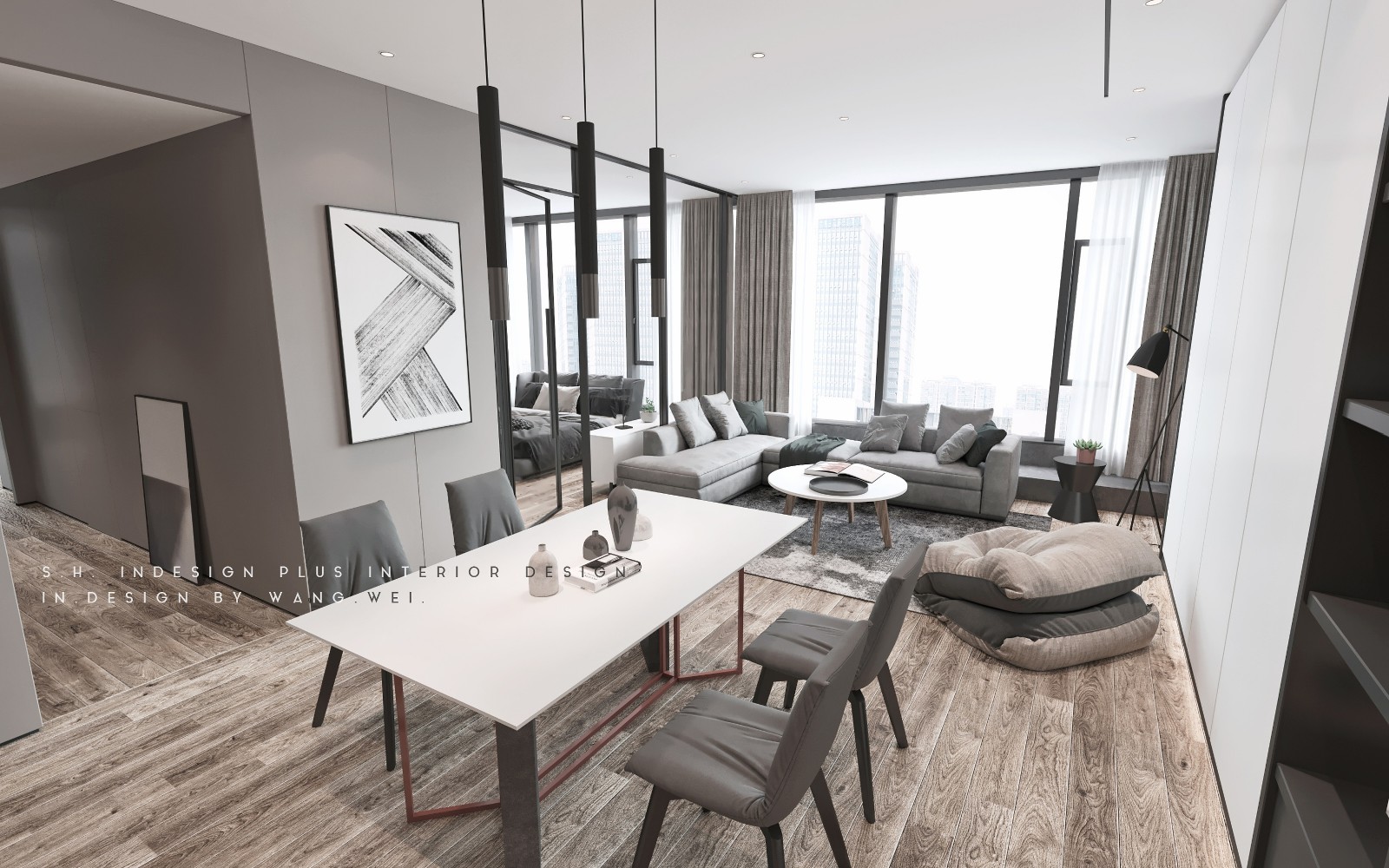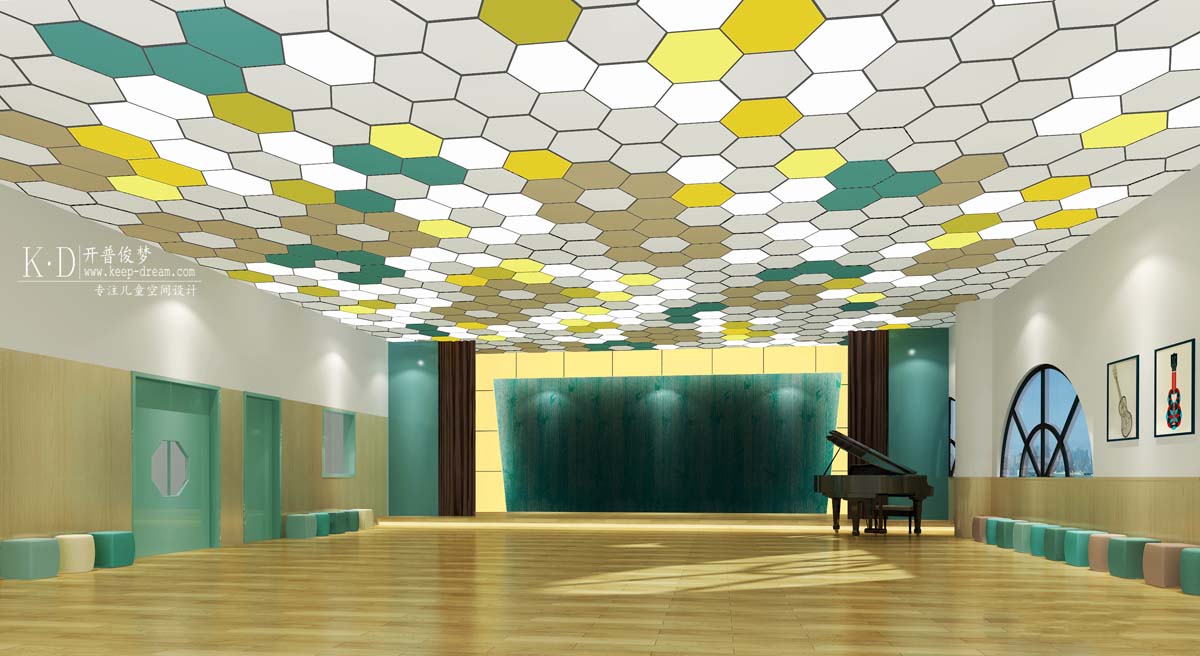AD Classics Olympic Archery Range Enric Miralles - Carme Pinos
2014-08-21 01:00
位于巴塞罗纳的拉瓦勒·德希布伦(La Valle d‘Hebron)的偏远山区,这座比赛的场地以前是一个拥挤的由平坦的橄榄球和足球场组成的运动场。由Miralles和Pinós提交的获奖设计在建筑群中增加了两个新的射箭设施-一个竞赛馆和一个训练馆-相隔一个射箭场的长度。这两座建筑在视觉上是不同的,但通过一个共同的设计过程将建筑在景观中的位置考虑进去。这两种建筑都不服从合理有序的程序或构造体系,而建筑则是一种富有想象力和表现力的建筑方法的产物。
Located in the hilly outlying neighborhood of La Valle d’Hebron in Barcelona, the site chosen for the competition was previously a crowded athletic park of flattened rugby and soccer fields. The winning design submitted by Miralles and Pinós added two new archery facilities to the complex--a competition pavilion and a training pavilion--separated by the length of an archery range. The two buildings are visually distinct but are united by a shared design process that takes into careful consideration the building’s place in the landscape. Neither obeys a rationally ordered programmatic or tectonic system, and the buildings are instead the products of an imaginative and expressive architectural method.
比赛场馆由两个主要部分组成:一个裸露的混凝土墙系统,俯瞰射箭的范围;另一个挡土墙坐落在建筑所在的山上。据建筑师说,该计划是根据先前存在的地形等高线外推得出的,并考虑到了体育设施和更衣室的规划需求。
The competition pavilion is composed of two principal elements: an exposed concrete wall system overlooking the archery range, and a retaining wall nestled into the hill from which the building emerges. According to the architects, the plan was derived from extrapolations of the preexisting topographical contour lines and take into account programmatic demands for athletic facilities and changing rooms.
The Competition Pavilion. Image © Dieter Janssen, DJA
竞赛馆。图像(DJA)迪特尔·詹森(Dieter Janssen)
由于米拉尔斯和皮诺斯直到1989年才赢得比赛,因此该项目需要在设计和建造方面进行迅速的转变。相应地,建筑师们指定了一个预制的模块化墙系统,它由一个反复弯曲的混凝土面板组成,并有孔以使光线进入。它本来是为了便于组装和拆除,但不幸的是,它最终被拆除;几年前,展馆被拆除,以便为城市地下地铁的扩建腾出空间,混凝土单元也被储存起来。有趣的是,谷歌目前对该网站的卫星观察显示,这些一度引以为傲的模块在等待拆除时,都处于惰性状态。
Because the competition was won by Miralles and Pinós as late as 1989, the project required a quick turnaround on design and construction. The architects accordingly specified a prefabricated modular wall system consisting of a repeated curved concrete panel, perforated with holes to allow light in. It was intended to be easy to assemble and take down, and unfortunately, it ultimately was; a few years ago, the pavilion was disassembled to make room for an expansion of the city’s underground Metro, and the concrete units were put into storage. Interestingly, Google’s current satellite view of the site shows these once-proud modules lying inert on their sides as they await removal.
Satellite Image of the Disassembled Modules. Image Courtesy of Google Maps
这些模块是核心的方式,竞争馆美丽地调节自然光进入室内空间。他们的三角形和圆形的穿孔,编舞,令人叹为观止的光和阴影的舞蹈暴露的内部混凝土。建筑师们也会操纵外墙上的光线,通过安装在屋顶上的百叶窗和屏风过滤光线,这是一种完全不同但却是免费的建筑技术。
The modules are central to the way in which the competition pavilion beautifully moderates the intake of natural light into the interior spaces. Their triangular and circular perforations choreograph a stunning dance of light and shadow on the exposed interior concrete. The architects manipulate light on the exterior façade as well, where it is filtered through louvers and screens affixed to the roof in an entirely different but complimentary architectural technique.
比赛馆是对场地地形的一种表现力的解读,而训练馆的形式则是为了唤起运动员在比赛场馆内的动作。事实上,培训馆的方向性并不存在于竞赛建筑中。突出的屋顶板似乎像箭一样从山坡上射出,他们把墙挂在下面,好像是要把定向姿态无限地投射到远处的空间里。这些屋顶部分然后从墙壁上以不同的角度提升,为牧师的窗户创造空间,并增加建筑物的动态和视觉复杂的组成。
Whereas the competition pavilion is an expressive reading of the site’s topography, the form of the training building is intended to be evocative of the movements of the athletes within it. Indeed, there is a directionality to the training pavilion that is not present in the competition building. The projecting roof slabs seem to emerge from the hillside like arrows from a quiver, and they overhang the walls below them as if to project the directional gesture infinitely into the space beyond. These roof sections then lift up from the walls at varying angles, creating space for clerestory windows and adding to the building's dynamic and visually complex composition.
Courtesy of the Architects
Courtesy of the Architects
Training Pavilion Detail. Image © Dieter Janssen, DJA
训练馆的细节。图像(DJA)迪特尔·詹森(Dieter Janssen)
训练馆的平面图特别壮观。他们覆盖至少三种不同的建筑语言,包括直线形状和有机曲线,以一种深思熟虑和平衡,但最终任意的方式。程序要求被工作到产生的空间,包括从浴室到射箭用品商店的所有东西。
The plan drawings for the training pavilion are particularly spectacular. They overlay at least three distinct architectural languages incorporating both rectilinear shapes and organic curves in a thoughtful and balanced but ultimately arbitrary way. Programmatic requirements are worked into the resulting spaces, and include everything from bathrooms to an archery supply store.
Courtesy of the Architects
今天,训练馆在足球场的背景下显得与众不同,它只不过是球员们的更衣室。随着它的合作设施现在被拆散,它向路人展示了它作为一个备受称赞的奥运射箭设施的骄傲的过去很少,而且它的设置似乎明显不适合巴塞罗那的建筑珍品之一。因此,这座建筑的遗产并不是通过迷人的照片或游客的第一手资料来保存下来的,而是通过清晰的图画米拉尔斯和平诺创造出来的,展示了他们独特的基于工艺的设计方法。
Today, the training pavilion stands out of place against the backdrop of a soccer field, where it serves as nothing more than a changing room for the players. With its partner facility now disassembled, it reveals to the passerby little of its proud past as a much-lauded Olympic archery facility, and the setting seems distinctly unbefitting for one of Barcelona’s architectural treasures. As a result, the legacy of the building survives not through glamour shots of the building’s profile or the first-hand accounts of visitors, but through the articulate drawings Miralles and Pinós created that reveal their unique approach to process-based design.
Training Pavilion Roof. Image © Flickr user Cecilia
训练馆屋顶。图片c Flickr用户Cecilia
Architects Enric Miralles & Carme Pinos Location Carrer de les Basses d'Horta Category Stadiums Project Year 1991 Photographs Dieter Janssen, DJA, Flickr user Cecilia
 举报
举报
别默默的看了,快登录帮我评论一下吧!:)
注册
登录
更多评论
相关文章
-

描边风设计中,最容易犯的8种问题分析
2018年走过了四分之一,LOGO设计趋势也清晰了LOGO设计
-

描边风设计中,最容易犯的8种问题分析
2018年走过了四分之一,LOGO设计趋势也清晰了LOGO设计
-

描边风设计中,最容易犯的8种问题分析
2018年走过了四分之一,LOGO设计趋势也清晰了LOGO设计




















































































